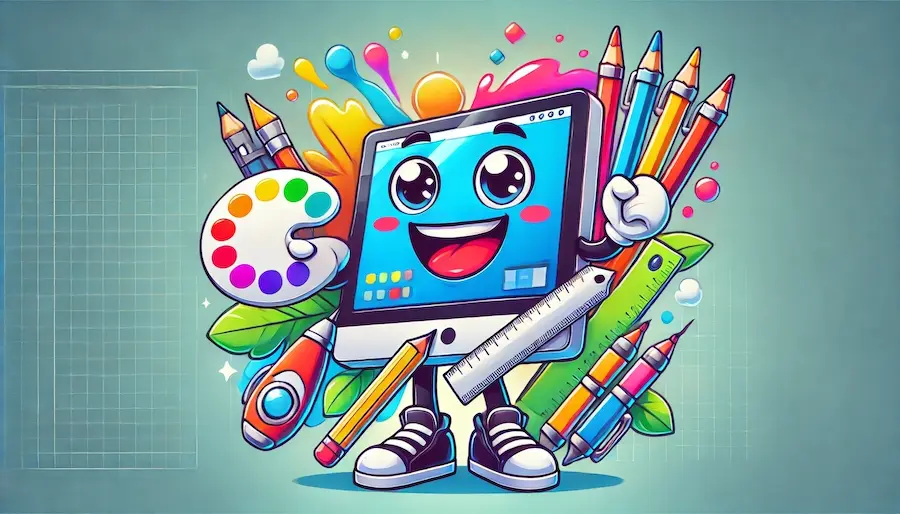User Interface, or UI, is a fundamental component of any digital product, serving as the point of interaction between users and a device or software application. It includes everything that users interact with on a screen, from buttons and icons to menus and forms. A well-designed UI enhances the user experience (UX) by making the interface intuitive, efficient, and enjoyable to use.
What is UI?
UI design is the process of making interfaces in software or computerized devices with a focus on looks or style. Designers aim to create interfaces that users find easy to use and pleasurable. UI is essentially the visual part of the design, which includes all the elements that a user might interact with.
The Importance of UI
An effective UI is crucial for a number of reasons:
- First Impressions: The UI is often the first thing a user notices about a product. A visually appealing and well-organized interface can attract users and create a positive first impression.
- Ease of Use: A good UI makes a product easy to use, helping users complete tasks with minimal effort and frustration.
- Increased Engagement: An attractive and user-friendly interface encourages users to engage more with the product, leading to higher retention rates.
- Brand Identity: The design and aesthetics of a UI can communicate a brand’s identity and values, reinforcing brand recognition and loyalty.
- Accessibility: An inclusive UI design ensures that a product is accessible to as many users as possible, including those with disabilities.
Key Elements of UI Design
Several key elements are essential for effective UI design:
- Visual Design: This includes the look and feel of the interface, such as color schemes, typography, icons, and imagery. Visual design aims to create an aesthetically pleasing and cohesive appearance.
- Layout: The arrangement of elements on the screen is crucial for usability. A well-structured layout ensures that information is easy to find and navigate.
- Interactive Elements: Buttons, forms, sliders, and other interactive components must be designed to be easily identifiable and usable. Their behavior should be predictable and consistent.
- Responsiveness: A UI must adapt to different screen sizes and devices, ensuring a seamless experience across desktops, tablets, and smartphones.
- Feedback: Providing feedback through visual cues, such as highlighting a button when it is clicked or showing a loading indicator, helps users understand the results of their actions.
The Role of a UI Designer
A UI designer focuses on the visual and interactive aspects of a product. Their responsibilities include:
- Crafting the overall look and feel of the product.
- Creating and maintaining a consistent visual style.
- Designing individual elements like buttons, icons, and forms.
- Ensuring the interface is responsive and works well on various devices.
- Collaborating with UX designers, developers, and other stakeholders to align the design with user needs and business goals.
Conclusion
UI design is an integral part of creating digital products that are not only functional but also visually appealing and enjoyable to use. By focusing on the aesthetic and interactive aspects of the interface, UI designers play a crucial role in shaping the overall user experience.
Blockfine thanks you for reading and hopes you found this article helpful.
